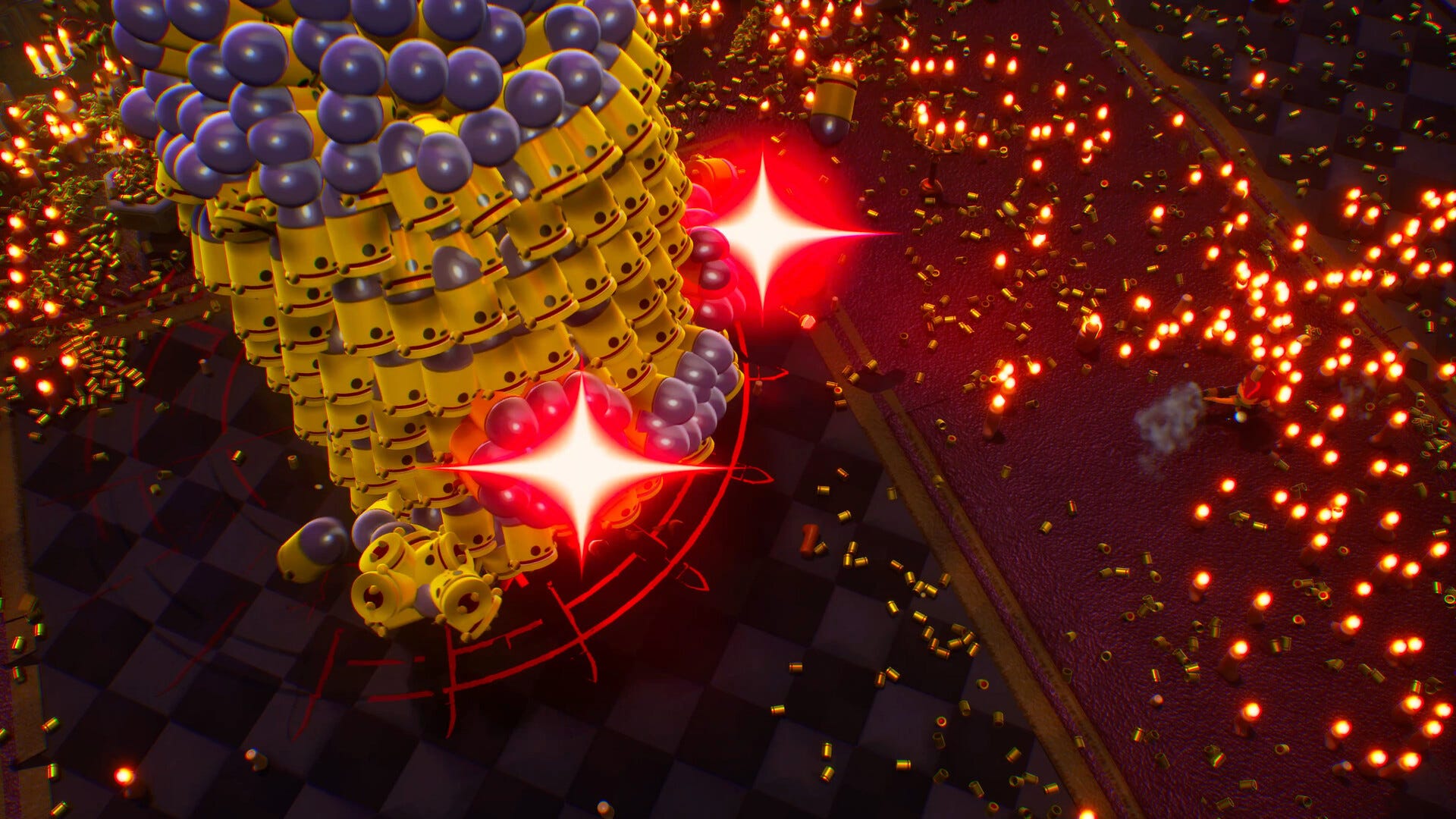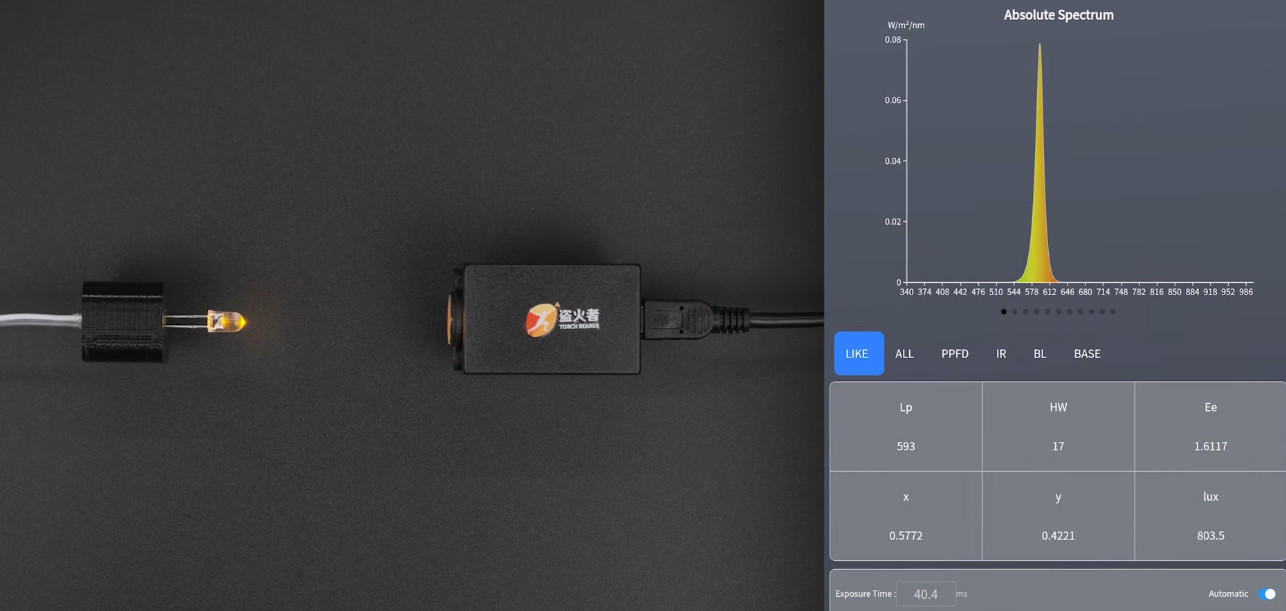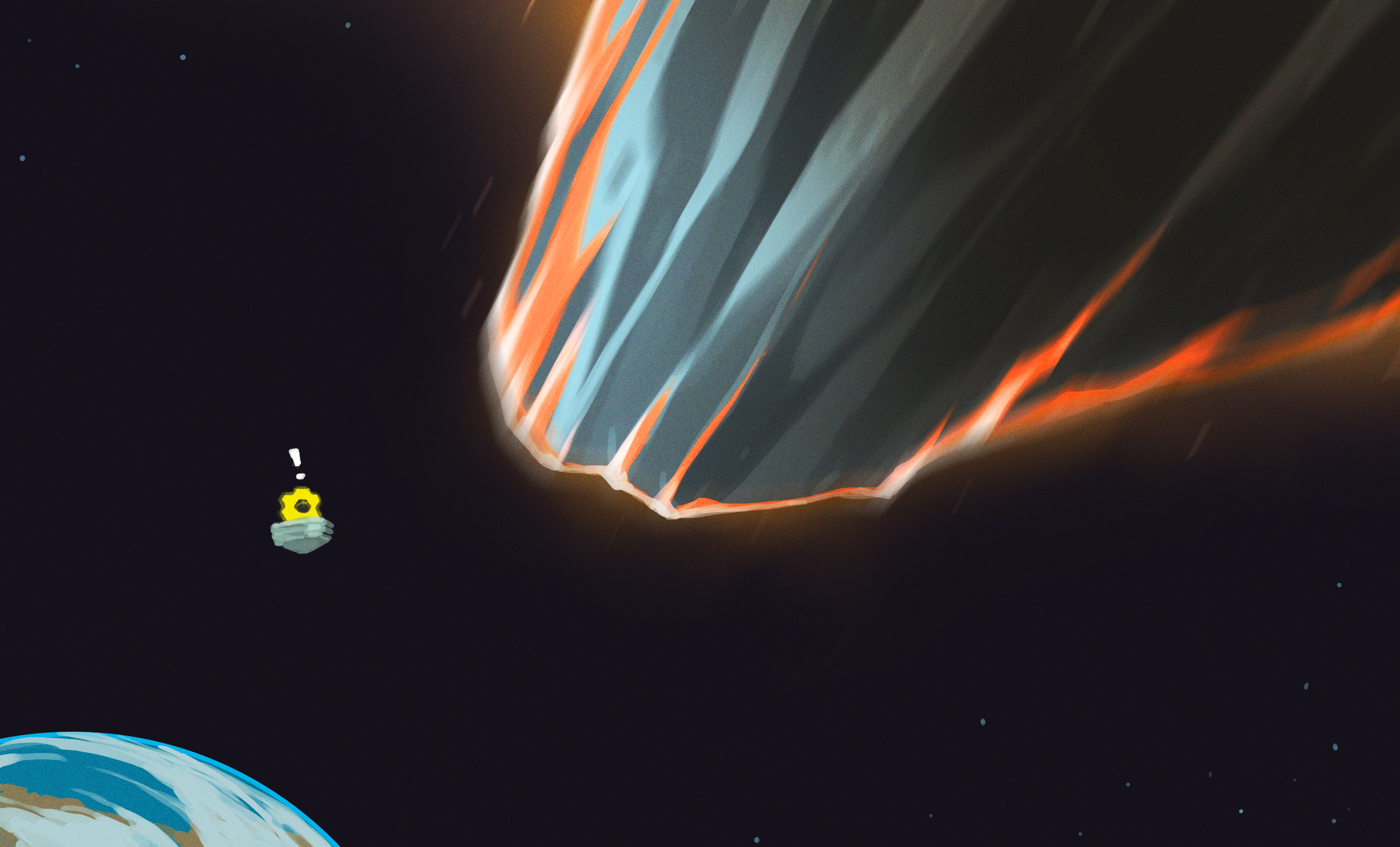The Everlasting Hunt For The Loch Ness Monster
When a Loch Ness Monster story appears at the start of April, it pays to check the date on the article just to avoid red faces. But there should be …read more
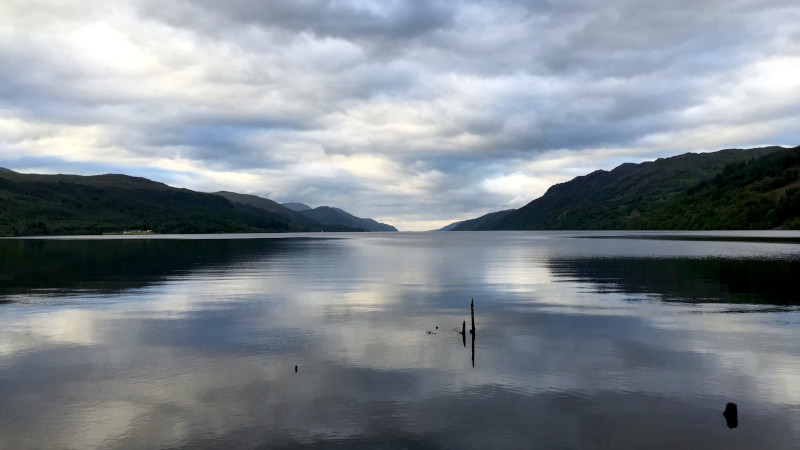
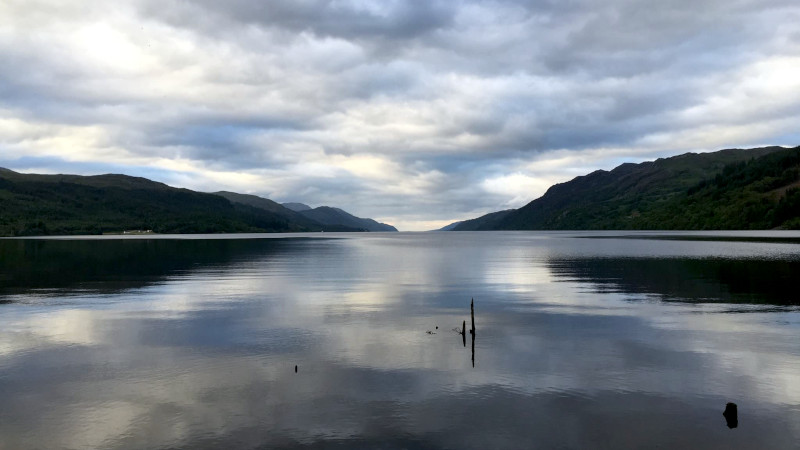
When a Loch Ness Monster story appears at the start of April, it pays to check the date on the article just to avoid red faces. But there should be no hoax with this one published on the last day of March, scientists from the UK’s National Oceanography Centre were conducting underwater robotics tests in Scotland’s Loch Ness, and stumbled upon a camera trap lost by Nessie-hunters in the 1970s. Just to put the cherry on the cake of a perfect news story, the submarine in question is the famous “Boaty McBoatface”, so named as a consolation after the British Antarctic Survey refused to apply the name to their new ship when it won an online competition.
The Most Extreme Instamatic in The World
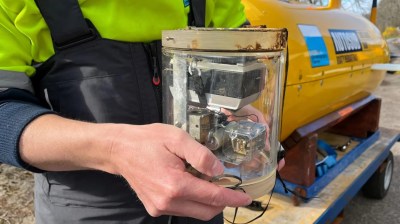
The camera trap has survived five decades underwater thanks to a sturdy glass housing, and appears to be quite an ingenious device. A humble Kodak Instamatic camera with a 126 film and a flash bulb is triggered and has its film advanced by a clockwork mechanism, in turn operated by a bait line. Presumably because of the four flash bulbs in the Kodak’s flash cube, it’s reported that it could capture four images. The constant low temperature at the bottom of a very deep loch provided the perfect place to store exposed film, and they have even been able to recover some pictures. Sadly none of then contain a snap of Nessie posing for the camera.

We are not cryptozoologists here at Hackaday so we’re not postulating any theories about Nessie’s existence, but there is some interest to be found in the history of Nessie-hunting, and the complex array of technologies fielded by those who would seek to bag themselves a monster. There have been extensive sonar surveys of the loch, a variety of home-made and more professional submarines have probed its depths, many metres of film and videotape have been shot by Nessie-hunters with long lenses, and of course experts have pored over all the various photographs which over the years have claimed to prove the monster’s existence. Perhaps the epicentre for the world of Nessie-hunting has been the Loch Ness Project, whose website details a variety of the survey efforts. Surprisingly, though they had a connection with the Instamatic camera trap they don’t feature it on their website, something we expect to change now it has become newsworthy.
Where Cryptozoology Tourism Is A Thing
The metamorphosis of a legendary beast into a modern-day phenomenon has certainly gripped the tourist industry of the Great Glen, as you’ll see if you take the drive from Inverness to Fort William. Even if you’re not a true believer, it’s still fun to indulge in a bit of touristic gawping at the various Nessie-themed attractions, though on the occasions Hackaday writers have passed by those waters there’s been a marked lack of monstrous life forms. The Nessie-hunters bring a bit of pseudoscientific thrill to the experience, something the Loch Ness Centre in Drumandrochit positively encourage: they even recruit visitors into their annual Nessie-spotting event. After all, as the camera discovery shows, there is doubtless plenty more to be found in those waters, even the occasional (non-Nessie) monster.
Header image: Bob Jones, CC BY-SA 2.0 .






















![Some T-Mobile customers can track real-time location of other users and random kids without permission [UPDATED]](https://m-cdn.phonearena.com/images/article/169135-two/Some-T-Mobile-customers-can-track-real-time-location-of-other-users-and-random-kids-without-permission-UPDATED.jpg?#)

































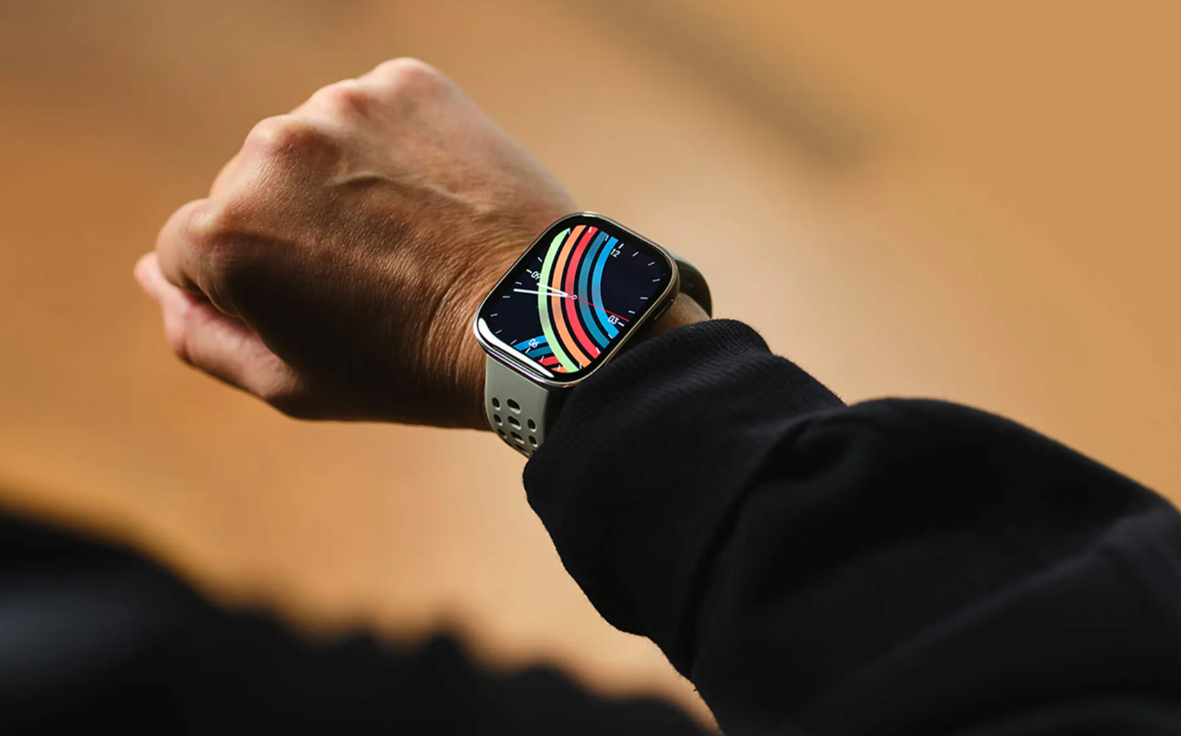











![Apple Releases macOS Sequoia 15.5 Beta to Developers [Download]](https://www.iclarified.com/images/news/96915/96915/96915-640.jpg)
![Amazon Makes Last-Minute Bid for TikTok [Report]](https://www.iclarified.com/images/news/96917/96917/96917-640.jpg)
![Apple Releases iOS 18.5 Beta and iPadOS 18.5 Beta [Download]](https://www.iclarified.com/images/news/96907/96907/96907-640.jpg)
![Apple Seeds watchOS 11.5 to Developers [Download]](https://www.iclarified.com/images/news/96909/96909/96909-640.jpg)























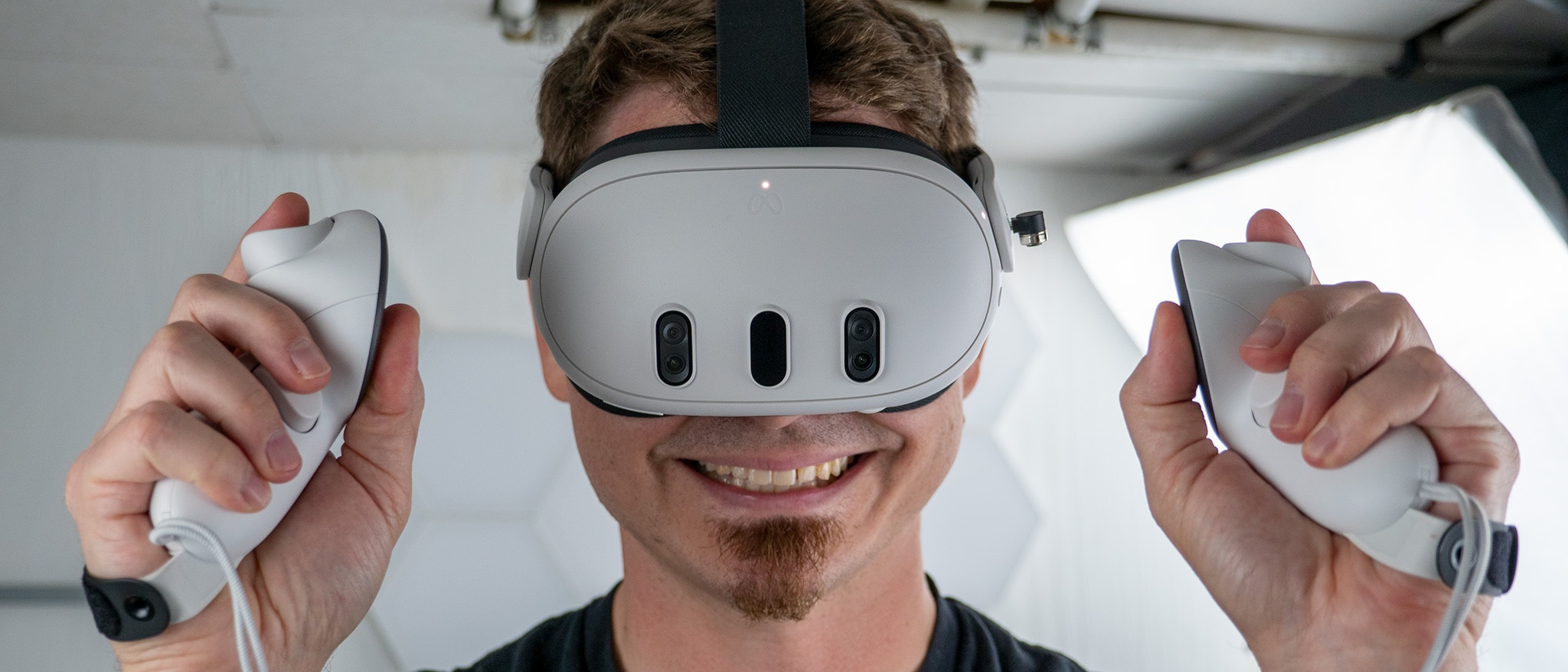

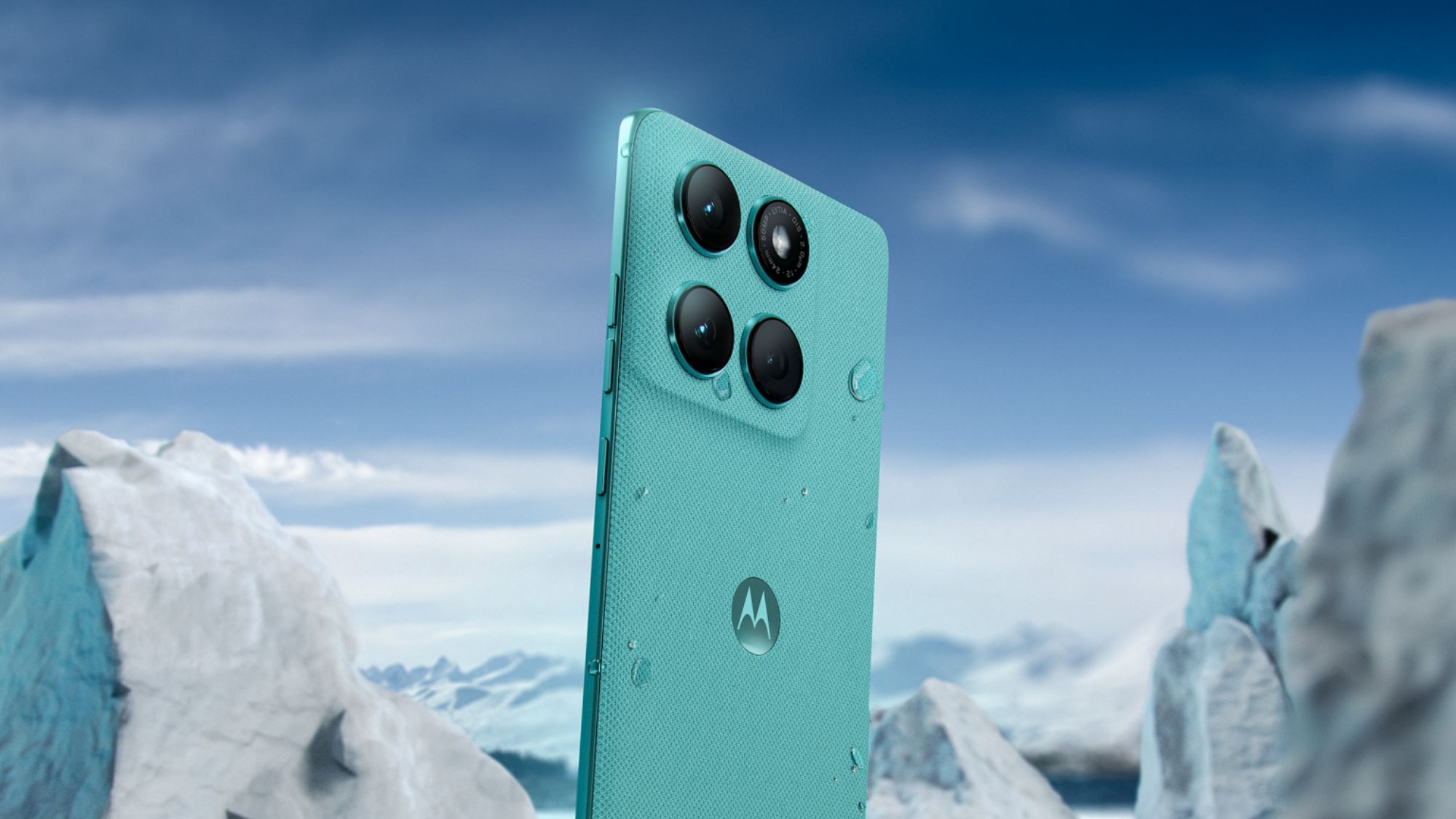






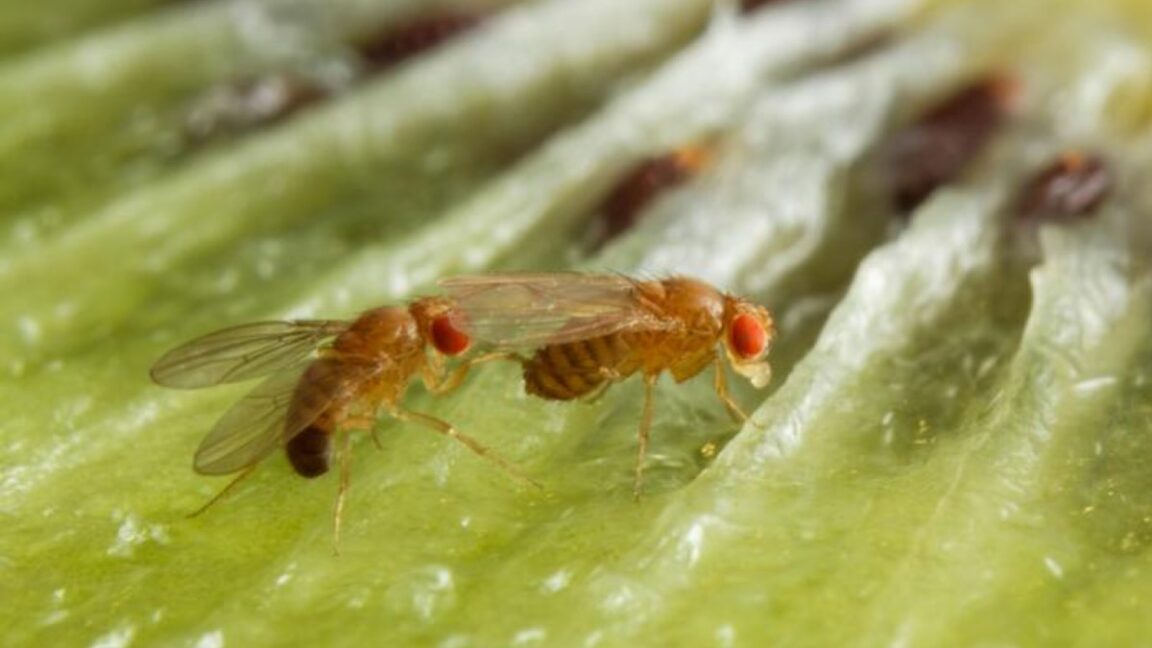





















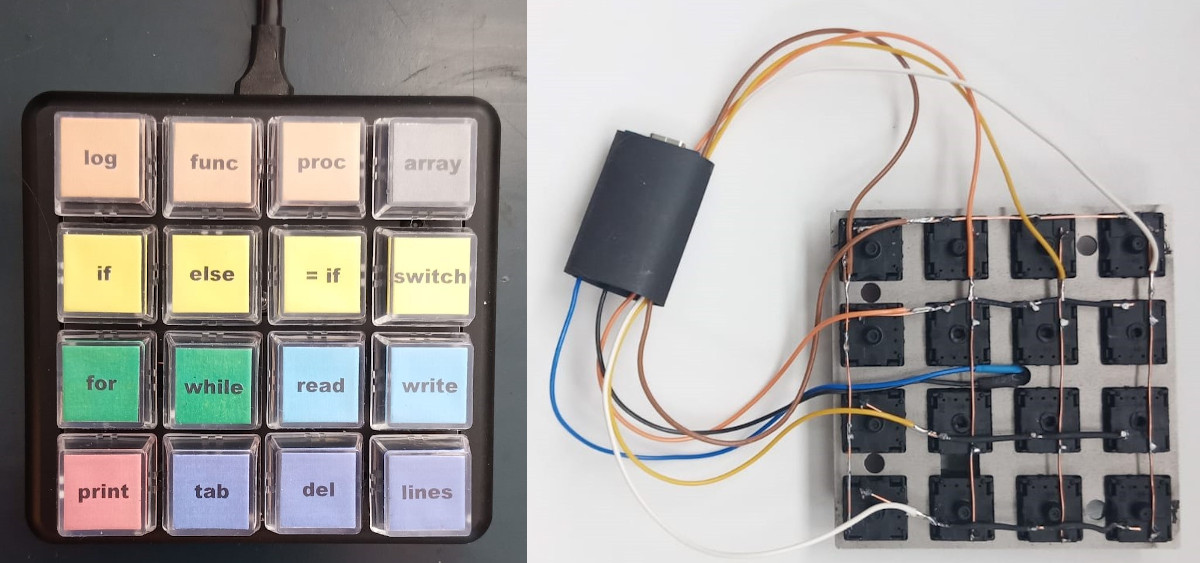















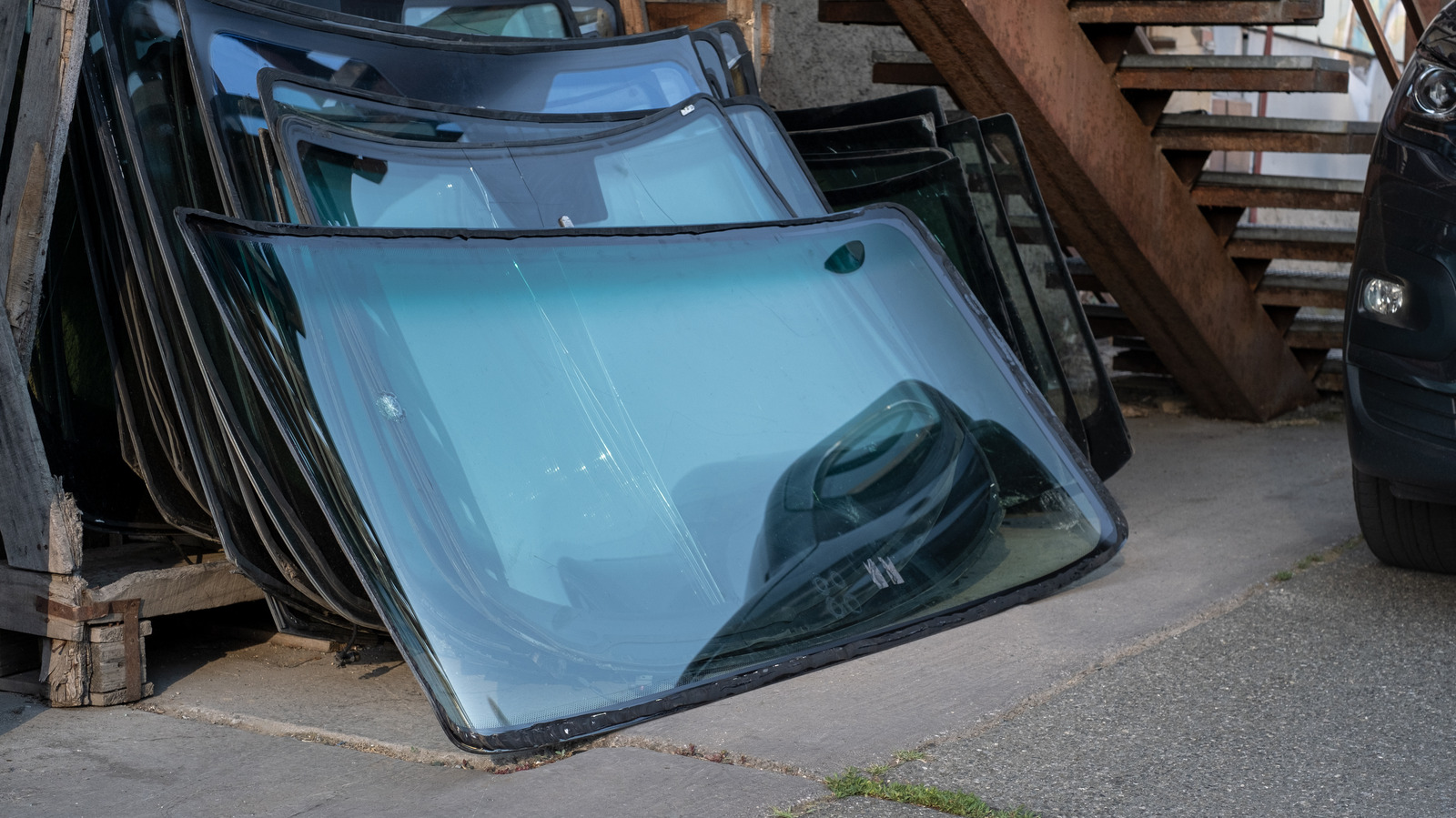
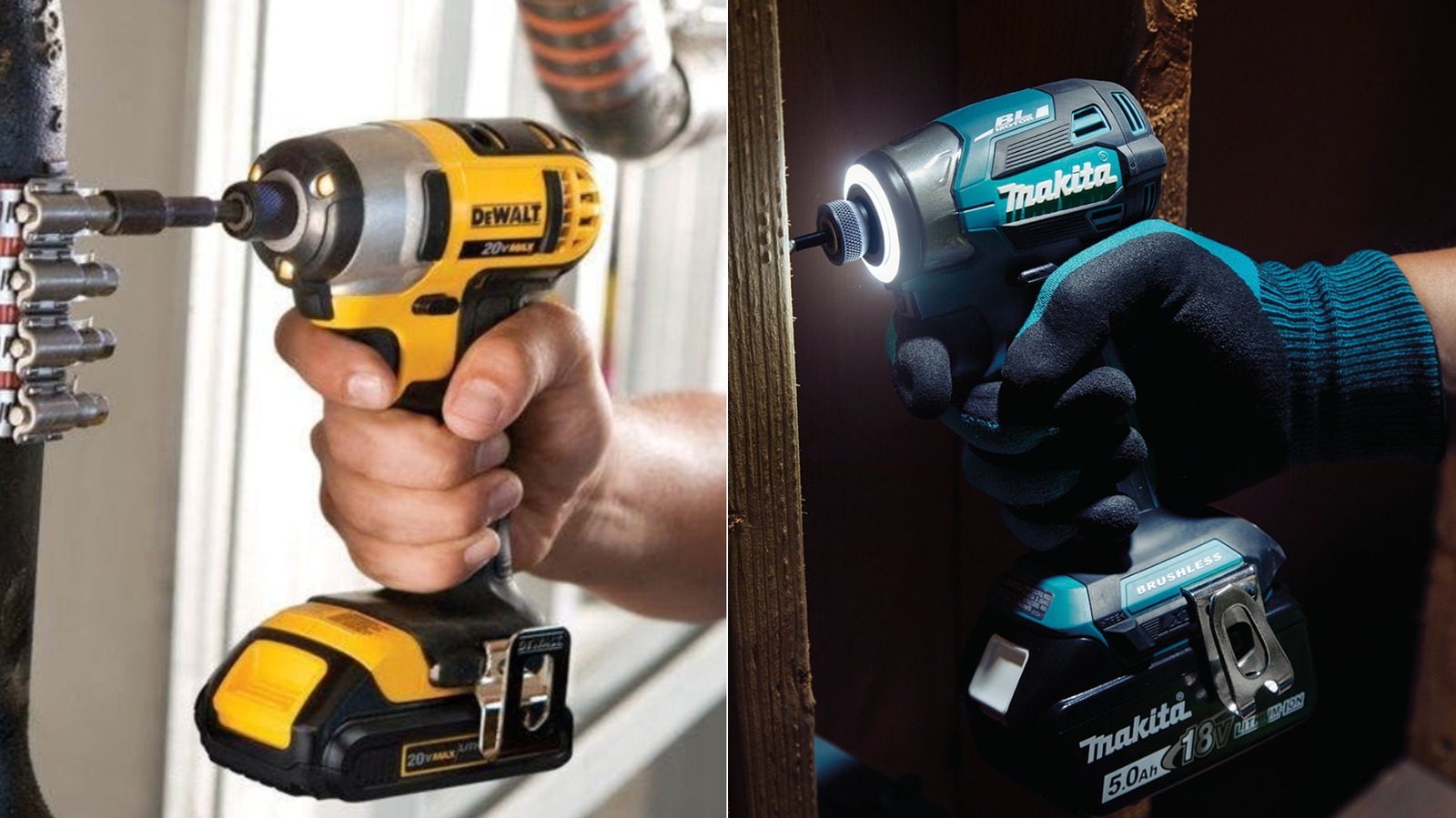

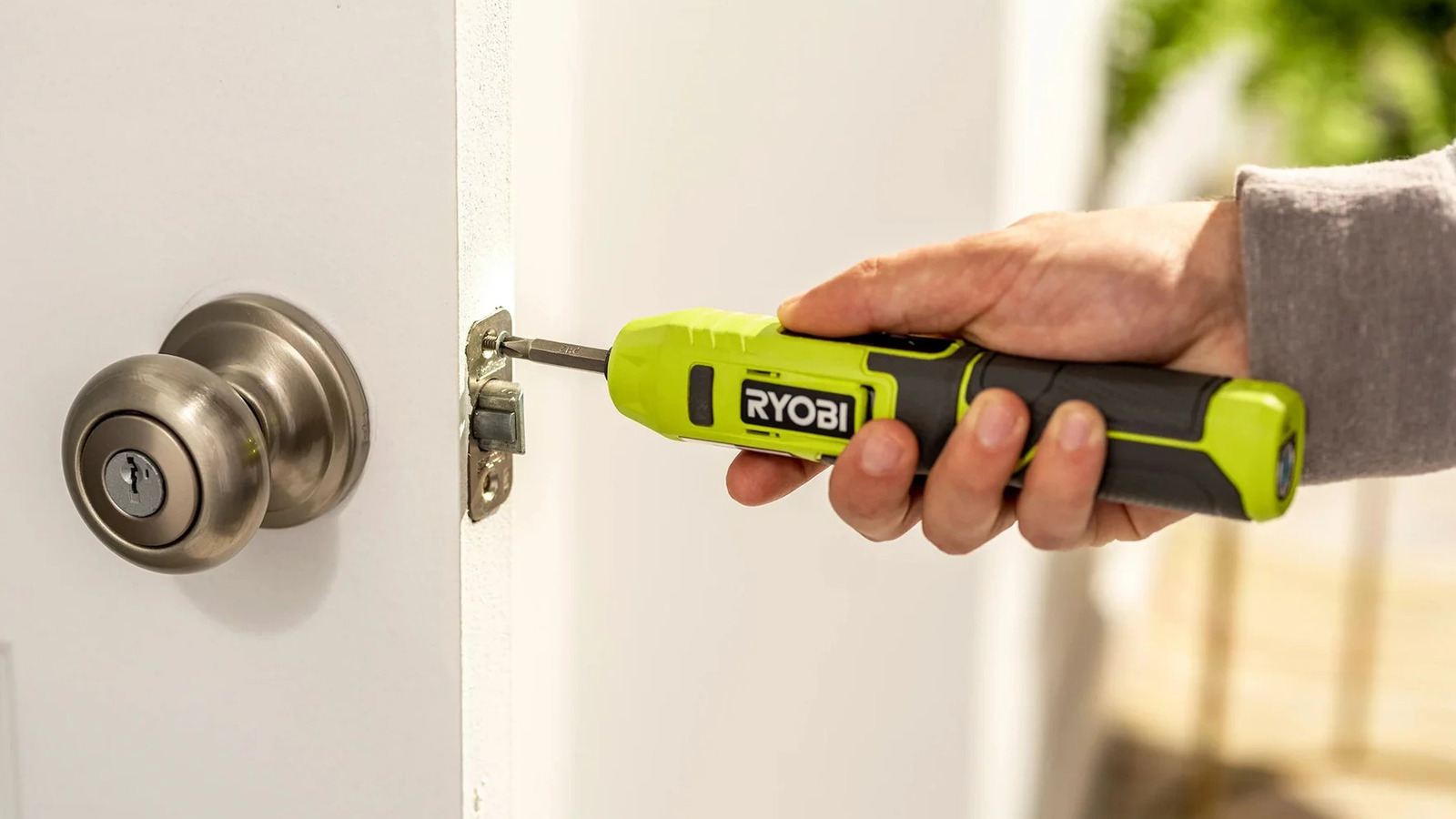













































































































![[The AI Show Episode 142]: ChatGPT’s New Image Generator, Studio Ghibli Craze and Backlash, Gemini 2.5, OpenAI Academy, 4o Updates, Vibe Marketing & xAI Acquires X](https://www.marketingaiinstitute.com/hubfs/ep%20142%20cover.png)















































































































![Is this a suitable approach to architect a flutter app? [closed]](https://i.sstatic.net/4hMHGb1L.png)


































































































